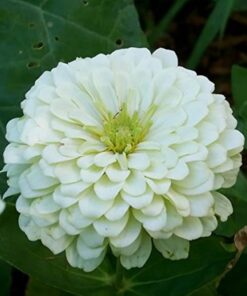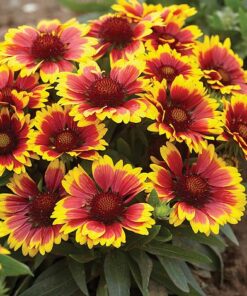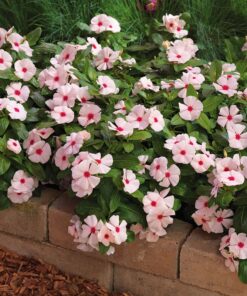French Marigold Forest Fire pack of 25-30 seeds Imported
₹80.00
Out of stock
Email when stock available
SKU: FrenchMarigoldForestFire
Categories: Summer Flower seeds, Winter Flower Seeds
Steps:
- French Marigold Forest Fire Selecting Seeds:
- Choose marigold seeds from a reputable source. There are different varieties, including African marigolds (Tagetes erecta) and French marigolds (Tagetes patula), each with unique flower shapes and colors.
- French Marigold Forest Fire Seed Starting Mix:
- Fill seed trays or small pots with a well-draining seed starting mix or a mixture of potting soil and perlite. Marigolds prefer soil that is light and fertile.
- Planting Seeds:
- Sow marigold seeds on the surface of the soil. Press them gently into the soil but do not cover them, as they require light to germinate.
- Covering Seeds:
- Cover the seed trays or pots with plastic wrap or a humidity dome to create a warm and humid environment for germination. This helps retain moisture and encourages seed germination.
- Germination:
- Place the seed trays or pots in a warm location. Marigold seeds typically germinate in 4-14 days. Once germination occurs, remove the plastic cover.
- Lighting:
- Move the seedlings to a location with bright light. If using artificial light, provide 12-16 hours of light per day. If using natural light, place them in a sunny windowsill.
- Watering:
- Keep the soil consistently moist but not waterlogged. Water the seedlings from the bottom to prevent damping off. Use a watering can or spray bottle.
- Transplanting:
- When the marigold seedlings have developed a few sets of true leaves and are large enough to handle, transplant them into larger pots or directly into the garden. Space them according to the specific marigold variety’s recommendations.
- Outdoor Transplanting:
- Transplant the marigold seedlings outdoors after the last frost has passed. Choose a location with well-draining soil and full sunlight.
- Caring for Outdoor Plants:
- Water the plants regularly, providing about 1-1.5 inches of water per week. Marigolds are relatively low-maintenance but benefit from deadheading spent flowers to encourage continuous blooming.
- Fertilizing (Optional):
- If the soil is not rich in nutrients, you can fertilize marigolds with a balanced fertilizer according to the package instructions. Marigolds are generally not heavy feeders.
- Pest Control:
- Marigolds are known for their pest-repelling properties. However, keep an eye out for aphids and caterpillars, which may occasionally affect the plants. Use organic methods or insecticidal soap if necessary.
Be the first to review “French Marigold Forest Fire pack of 25-30 seeds Imported” Cancel reply
You must be logged in to post a review.
Related products
Summer Flower seeds
Rated 5 out of 5
₹70.00
Summer Flower seeds
Amaranthus Caudatus Love Lies Bleeding pack of 30 seeds Open Pollinated
Rated 5 out of 5
₹40.00
Summer Flower seeds
Gaillardia pulchella Double mix flower seeds 30 seeds Open Pollinated
Rated 5 out of 5
₹50.00
Summer Flower seeds
Rated 5 out of 5
₹80.00












Reviews
There are no reviews yet.